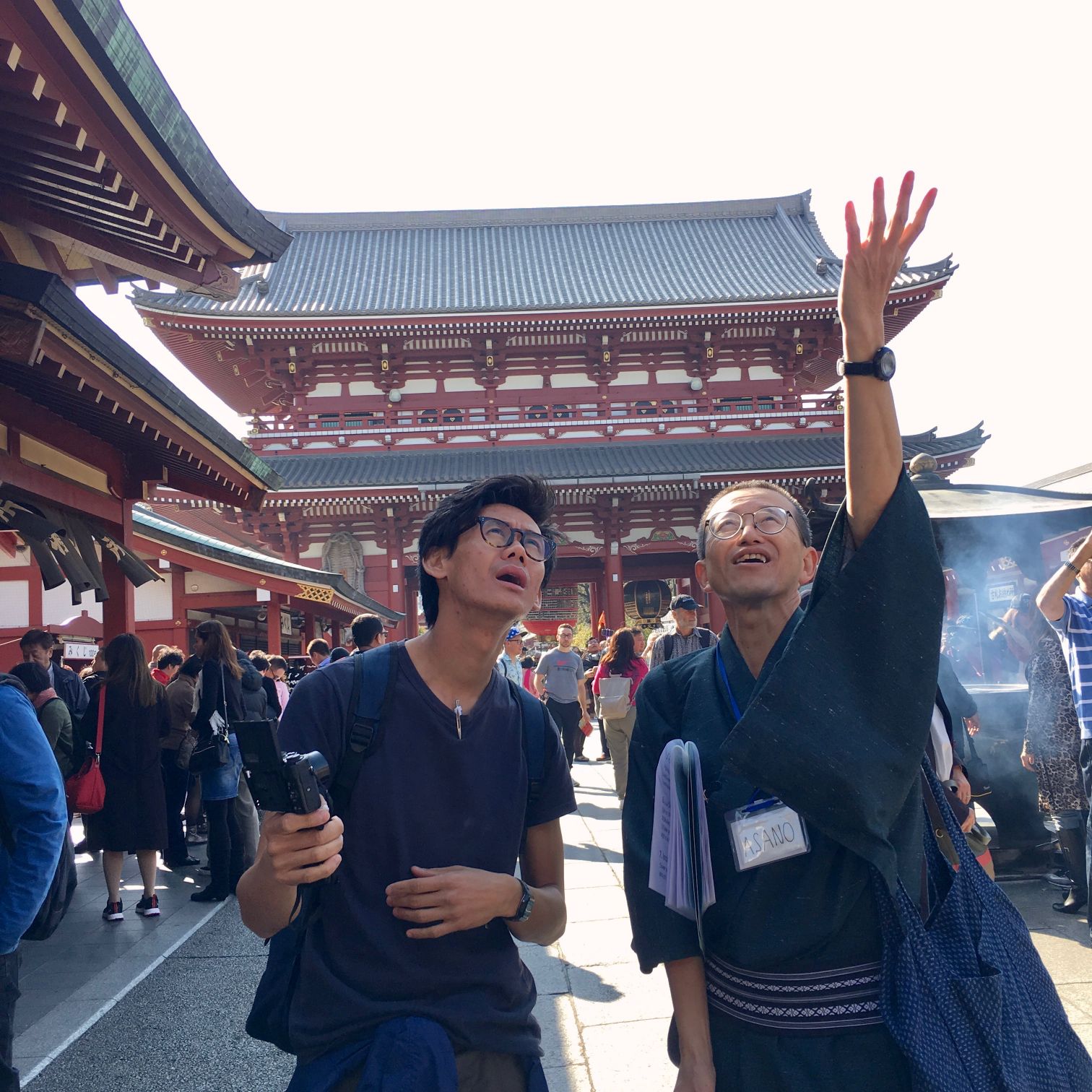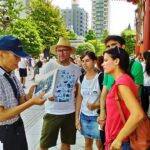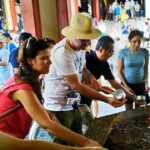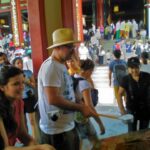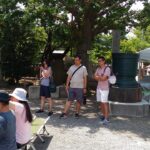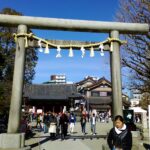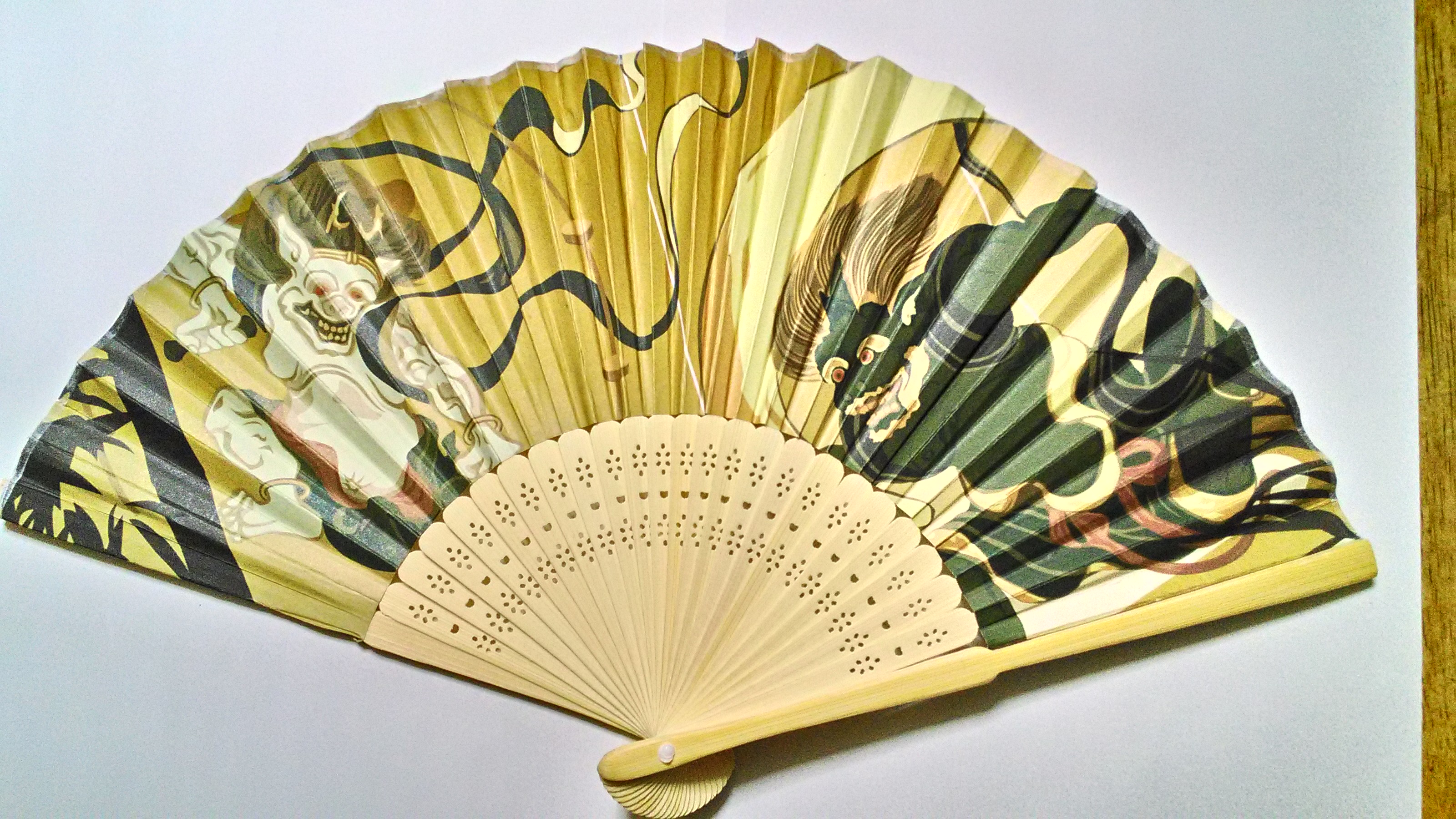
Thank you for joining Tokyo Free Walking Tour for Asakusa area. Around one year has already passed since this Asakusa strolling started regularly.
On that day, we welcomed around 17 guests from USA, Canada, Spain, and Italy.
July 17 was a hot and humid day, and at the time we were about to start the tour at around 10:00 am, the temperature had already reached 30 degrees Celsius.




Normally, we visit seven spots in this historical town and conclude at Asakusa Shinto Shrine.
Here are one of the topics, “Shimenawa & Shide”, characterizing Shintoism and Shinto shrines.
Shimenawa is a sacred rope and is made of rice straw, which is bundled and technically woven twisted.
It is used for ritual purification in the Shinto religion.
Normally, this rope is attached to a zigzag-shaped paper streamer called Shide.
Both Shimenawa and Shide are used as symbols of the boundary indicating between the sanctuary and our world.
On the other hand, they are used to decorate notable objects like stones, tree, and other sacred things.
It’s believed that deities reside in the locations and give solace to visitors.
Aside from that, these Shinto decorations are used in ceremonies in hope of having deities’ favors.
For instance, these holy ropes are set up at the groundbreaking ceremony before the construction of a new building begins.
It purifies the area and the buildings and hopes for the deities’ protection from natural disasters.
Moreover, these twisted ropes are seen in Sumo wrestling.
Only the Yokozuna, the grand champion wrestlers, are allowed to wear this majestic rope around their waists on their entrance to the Dohyo, the sumo ring.
This is because Yokozuna should not only be strong but full of dignity and be respected almost like the deities.
(By Arac)

